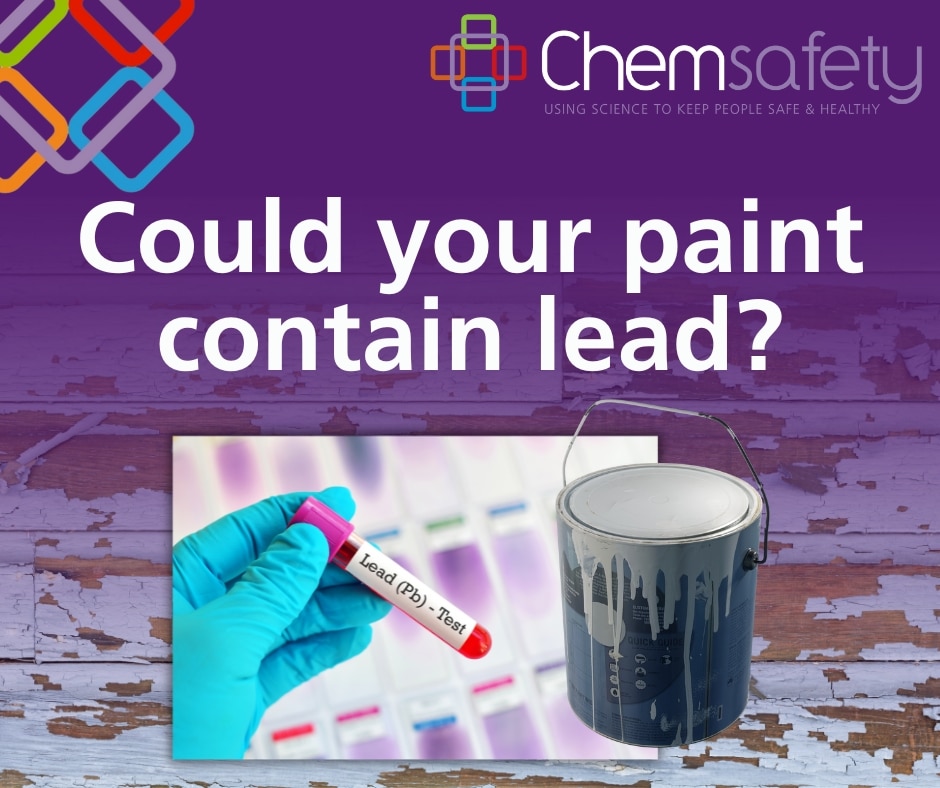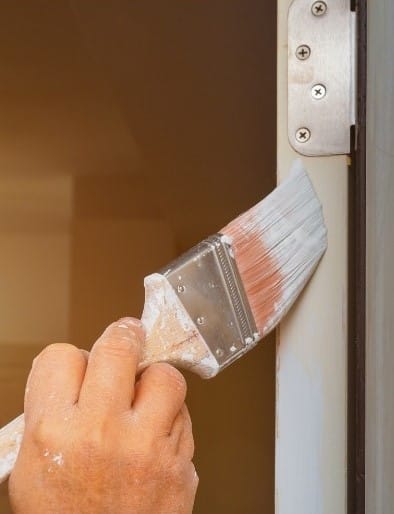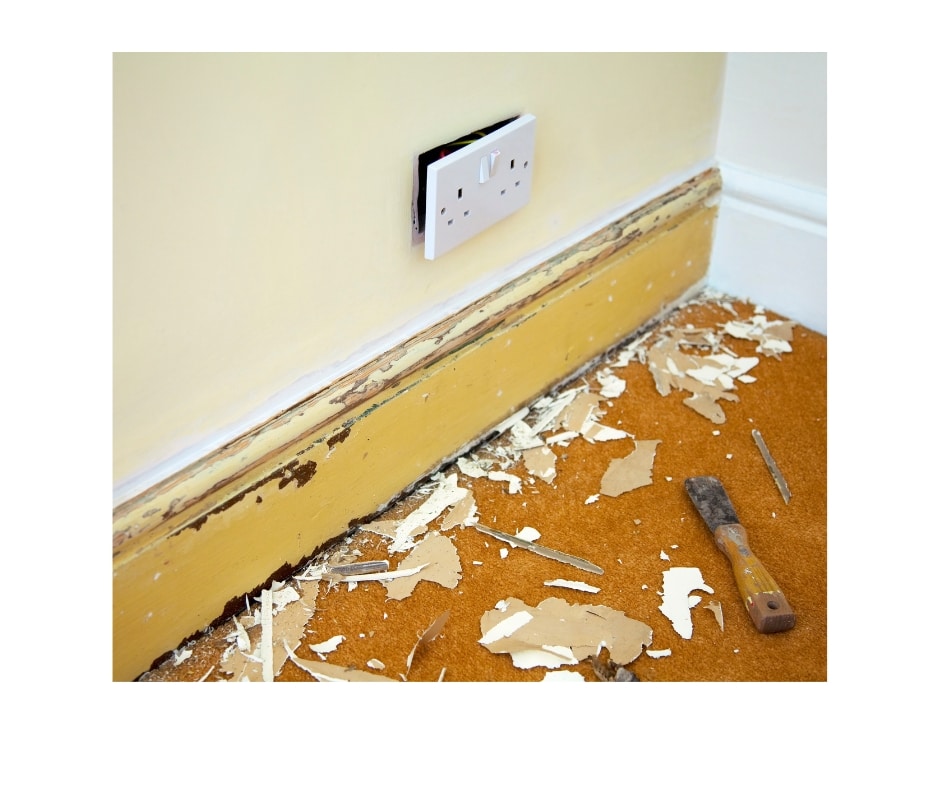
Stripping off or sanding any paint containing lead can create a serious health hazard, not only for the person doing the job but for the building’s occupants and neighbours – and particularly children. Therefore, before any renovation starts in a building that was painted before 1997, it is important to confirm if lead is present in the paint so a plan can be set to manage it adequately.
Our Quality, Health & Safety and Laboratory Manager Livia Fioravanti has written this piece outlining what services Chemsafety provide for lead paint testing.
Historic lead levels:
- Paint on buildings prior to the 1970s often had lead concentrations of 10% to 20%. However, after 1965, it was prohibited to paint domestically with anything more than 1% lead paint, or paint containing any amount of white lead. Paints with higher concentrations were still used for commercial and industrial applications.
- Paints manufactured since 1997 contain 0.1% (1000 ppm) lead by mass or less in dry film. This concentration was determined (at that time) as the value which, if exceeded, might render the paint hazardous to humans.
- From March 2025 this limit will be lowered – surface coatings and colourants will be required to have less than 0.009% (90 ppm) of lead in them– see the Environmental Protection Authority (EPA) decision here.

Chemsafety provides an in-house qualitative analysis to determine if lead is present in paint samples. We use the qualitative test with 5% sodium sulphide solution (as per the method outlined in the Guidelines for the Management of Lead-based Paint). A positive result indicates that the paint contains more than 1% lead and a negative result indicates the paint contains less than 1% lead. This test is very helpful as a preliminary analysis for buildings painted before 1980 and it has a fast Turn Around Time (TAT). Many buildings have multiple layers of paint, so it is important collect all layers of paint, so we can analyse each layer for the presence of lead.
We can also have your samples analysed quantitatively with an external accredited laboratory. This analysis normally consists of acid digestion followed by ICP-MS analysis. The detection limit is 0.005% lead by weight and a turn around time from 1 to 2 weeks), that will give you the amount of lead present in the full paint sample (normally mg/kg). Please note that the concentration of lead can be diluted depending on the presence of other layers of paint that may not contain lead.

Contact us for more information regarding pricing and current turn around times or if you need to know which type of analysis is right for you.
